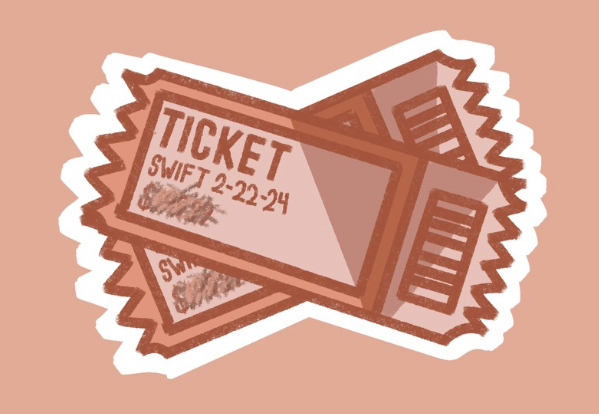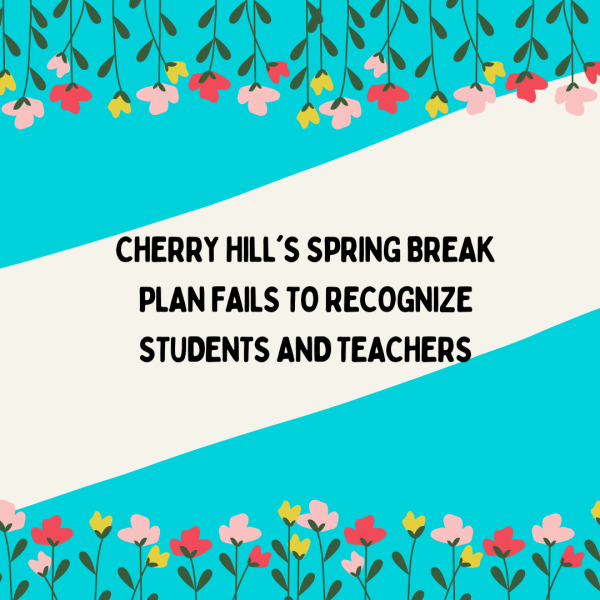Online Textbooks: The Way to Go for East
Picture this: You’re walking around the school with a heavy, bulky backpack. Notebooks, binders, folders, and textbooks are all stashed up within your three backpack compartments, and it looks like it’s going to burst at its seams. Your shoulders and back are both aching, and you really don’t think you can make it up another staircase. Oh, right. You don’t have to imagine. This is the reality for many Cherry Hill East students.
On the first day of school, teachers pass around textbooks for us to reference and take notes from. This seems like a helpful resource until you put the textbook in your backpack and notice the increase in weight. There is an obvious solution to this problem: switch to online textbooks.
A few classes at East have already implemented the use of online textbooks in their class rather than physical textbooks. Among these teachers is AP US History 1 teacher, Mrs. Mikulski. When asked about the use of the online textbook in her class, she said that it was not her choice to implement it. However, she acknowledged that online resources come with useful features. The online textbook for the AP US History 1 course comes with an app called ‘Read Anywhere’, which allows the textbook to be accessed from any location.
Students also seem to prefer the ease which comes with using online textbooks. Joe Weigle (‘25) likes to use online textbooks because they are “more convenient to search through” and allow for “an easier setup [while taking] notes”. Many other students agree with Weigle’s statements and are satisfied with the use of online textbooks in their classes.
From a financial perspective, East should switch to online textbooks. Online textbooks are much cheaper than physical textbooks. According to Toner Buzz, online books cost up to 50% less than physical books. Moreover, online textbooks cannot be lost or damaged, so there will have to be no money spent on buying new copies of the textbook. This means that switching to online textbooks could save the district a considerable amount of money, which could then go toward other projects.
Not only are online textbooks financially efficient, but they are also environmentally friendly. According to The Guardian, the United States cuts down an average of 30 million trees per year to make physical books. Amidst global warming and wildfires, this is not at all helping our planet. This massive deforestation can easily be prevented if online resources are used instead.
Additionally, online textbooks come with an assortment of interactive features. These textbooks feature the option to ‘highlight’, take notes on a pop-up notepad, draw diagrams on the pages, or even have the book read out loud to the student. These features are all helpful ways to better memorize information and learn it more quickly and easily.
Still, many people find a physical textbook easier to navigate and focus on. And, some people have complained that students will get distracted when using an online textbook. However, the switch to online textbooks seems to be making the majority happy. It’s also time that students learn to take accountability for their own work and learn to fight such distractions.
Ultimately, the switch from physical to online textbooks is a massive change. Less money wasted by the district, no more phony excuses of ‘losing textbooks’, and no more harming the environment by cutting down trees. As I see it, online textbooks are a win for all.








